Content warning
This story may contain sensitive material or discuss topics that some readers may find distressing. Reader discretion is advised. The views and opinions expressed in this story are those of the author and do not necessarily reflect the official policy or position of Vocal.
Heartbeat Heroes: Mastering the Life-Saving Skill of CPR
"Empowering You to Act in Critical Moments"
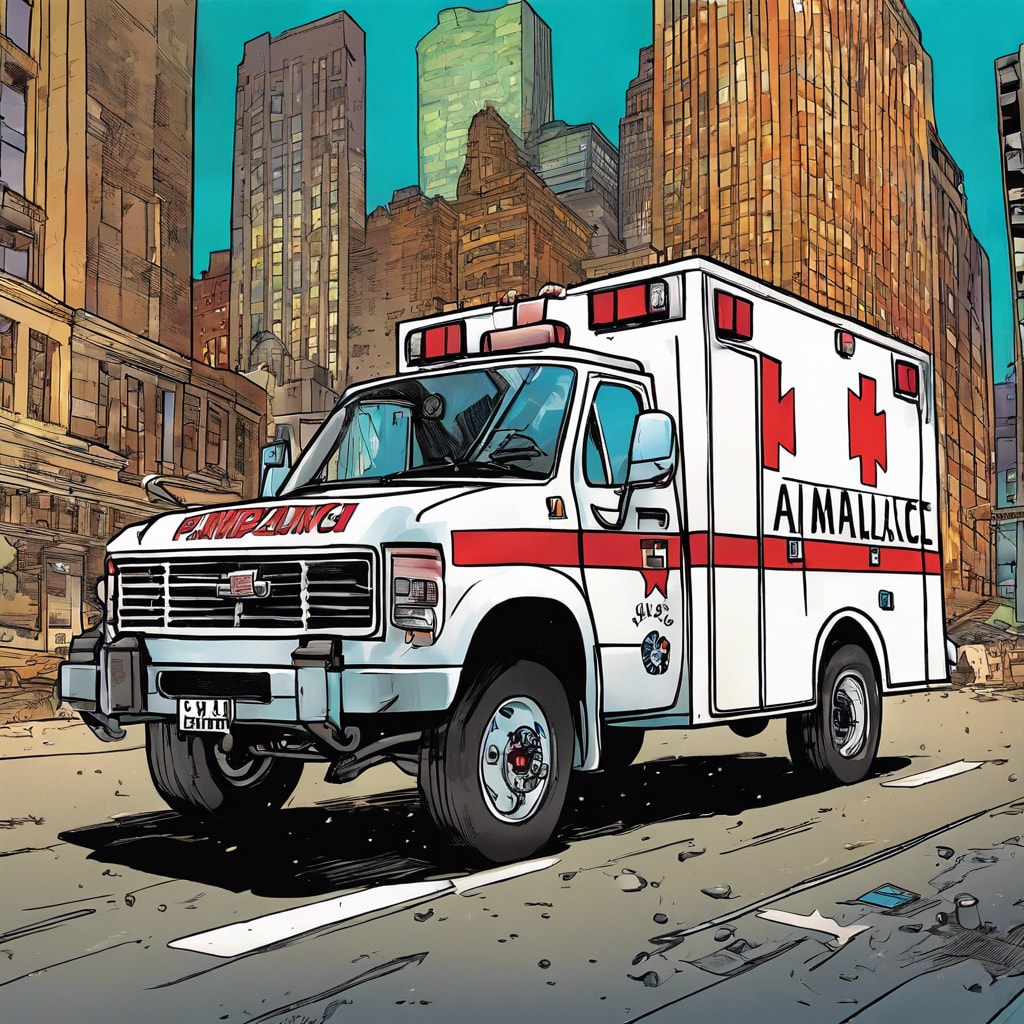
A jogger collapses close to you when you're having a nice time in the park, holding their chest. As panic spreads among the throng, you recall the vital life-saving technique you've studied: CPR. Your expertise could mean the difference between life and death at those tense moments. Greetings from the field of cardiopulmonary resuscitation, a life-saving skill that every individual ought to acquire. Learn the fundamentals of CPR and find out how you can save someone's life in an emergency.
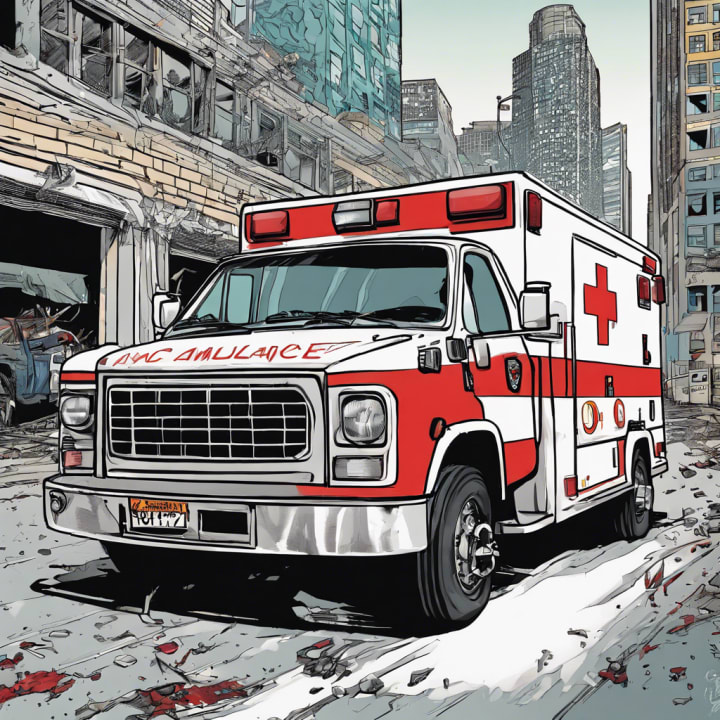
Recognizing the Silent Cry for Help
Every second matters in an emergency. Since cardiac arrest frequently occurs suddenly and without warning, it's critical to identify its symptoms as soon as possible. A heart attack is not the same as a cardiac arrest, which occurs when the heart stops beating unexpectedly, depriving the brain and other essential organs of blood. The main signs of cardiac arrest include abrupt collapse, unconsciousness, and irregular or nonexistent breathing. Although these indicators may be minor, the victim's survival depends on recognizing them as soon as possible.
Think about Jane's account: she was attending a family get-together when her uncle passed out unexpectedly and hit the ground. Everyone froze, not knowing how to proceed. Jane immediately recognized the signs of cardiac arrest and acted upon her recent CPR training. Her quick action of recognizing the signs and starting CPR spared her uncle some much-needed time until paramedics could arrive, therefore saving his life.
Setting the Stage for Survival
It's important to create a safe setting before beginning CPR. Making sure the scene is secure keeps the victim and you safe from additional harm. Look out for any electrical, fire, or traffic risks that can endanger your safety. After securing the area, go up to the victim and gauge how responsive they are. Shake them lightly on the shoulders and ask, "Are you okay?" It's time to take immediate action if there is no reply.
Next, give assistance a call. Make an emergency service call (911 in the US) or give someone close instructions to do so. Be clear and concise when communicating: specify the location, the situation, and whether the person is unresponsive and not breathing normally. Emergency personnel can prepare while on the road with the aid of this information.
Correct victim placement is another aspect of creating a safe atmosphere. Lay the individual on their back on a solid, level surface. For rescue breaths and chest compressions to be effective, this placement is crucial. You are laying the groundwork for an intervention that could save lives by taking these preparatory actions.
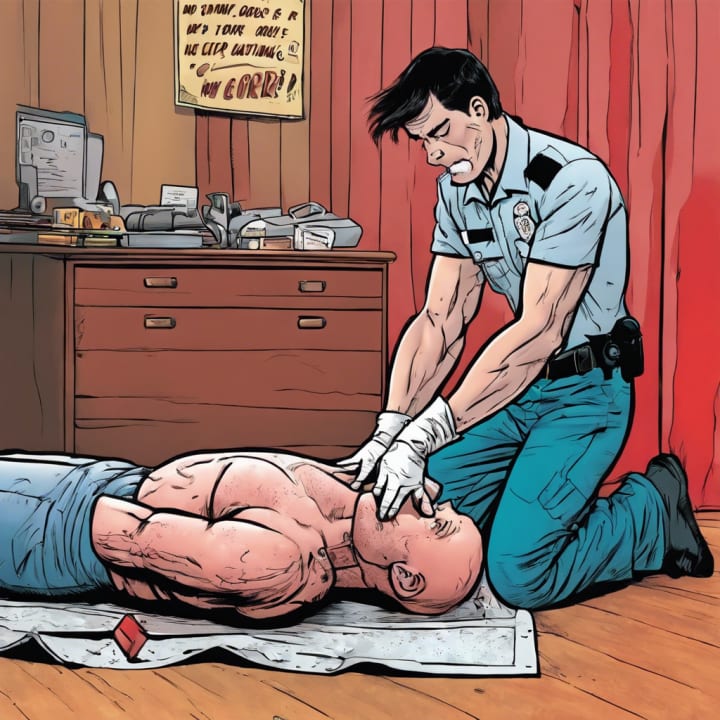
The Rhythm of Life: Mastering Chest Compressions
Correct victim placement is another aspect of creating a safe atmosphere. Lay the individual on their back on a solid, level surface. For rescue breaths and chest compressions to be effective, this placement is crucial. You are laying the groundwork for an intervention that could save lives by taking these preparatory actions.
Positioning and Technique
As you kneel next to the victim, start chest compressions. Put one hand's heel in the middle of the chest, more precisely on the sternum's lower portion. Interlock your fingers with the other hand and place them on top. With your arms straight, place your shoulders squarely over your hands.
Depth and Rate
Utilizing your body weight, apply force and speed to compress the chest to a minimum depth of two inches. 100 to 120 compressions per minute is the recommended rate. Though it can be difficult to keep this rhythm, it can be beneficial to visualize the beat of the Bee Gees song "Stayin' Alive.". You can maintain a steady rhythm by using this tempo, which corresponds to the optimal compression rate.
Allowing Recoil
Permit a complete recoil of the chest in between compressions. This recoil is necessary to ensure proper blood circulation because it allows the heart to refill with blood. Leaning on the chest during compressions is not recommended, as it can hinder the heart's capacity to refill.
Continuous Compressions
Maintaining consistency is essential. Try to keep chest compressions as uninterrupted as possible; only pause when it's absolutely essential, including when administering rescue breaths or when an AED is monitoring the patient's heart rhythm. Recall that your compressions are purchasing vital time until medical assistance arrives and maintaining blood flow.
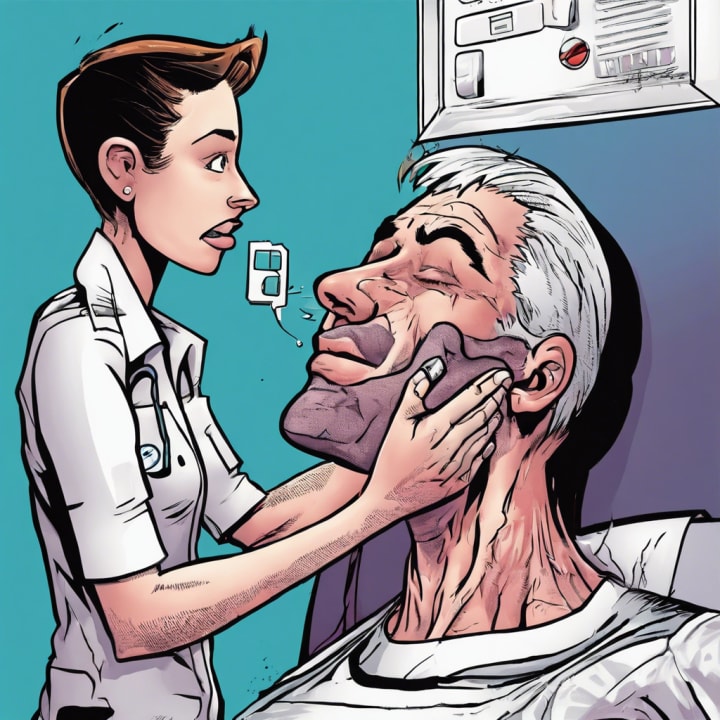
Breathing New Life: The Art of Rescue Breaths
Rescue breaths are as important as chest compressions in terms of getting oxygen into the victim's lungs. The efficiency of CPR can be increased by adding rescue breaths, if you are comfortable doing so and are trained in it.
Getting the Airway Open
Make sure the airway is open before administering rescue breaths. Raise the victim's chin with one hand and press down on their forehead with the other to slightly tilt their head back. By repositioning the tongue away from the back of the neck, this technique facilitates airway opening.
Delivering the Breath
To stop the victim's nose from opening, pinch it closed. Breathe normally into their mouth, then seal it with yours and blow into it for a little while. When the chest rises, it means that air is getting into the lungs. Try again after making sure there are no blockages in the airway preventing the chest from rising.
Cycle of Compressions and Breaths
When performing CPR, a ratio of 30 chest compressions to 2 rescue breaths is advised. Carry on with this cycle, making sure each breath is successful and keeping the compression rhythm constant. Even if you're not trained in rescue breathing or feel uneasy performing it, hands-only CPR (continuous chest compressions) is still very beneficial and advised.
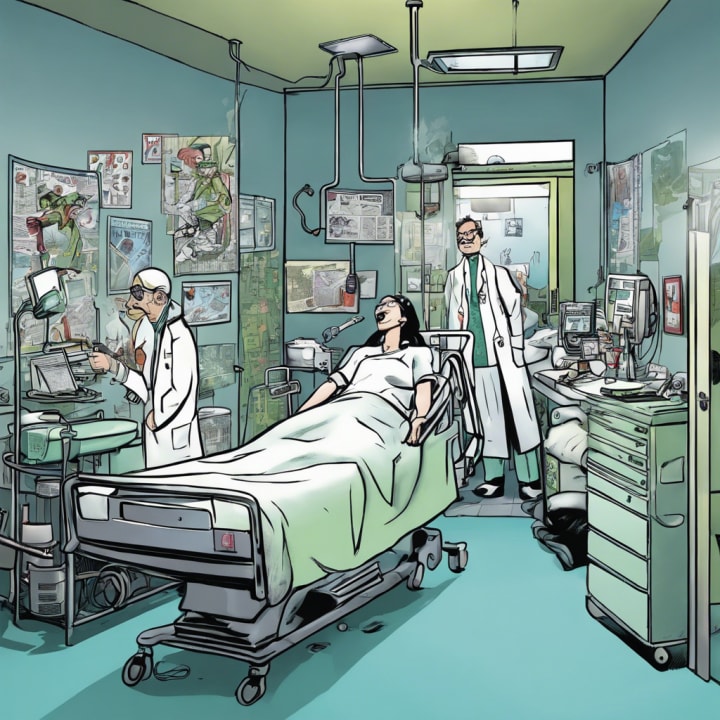
The Power of Technology: Using an AED
The likelihood of survival in cases of cardiac arrest can be considerably increased by modern technologies. A portable device known as an Automated External Defibrillator (AED) is capable of analyzing the heart's rhythm and, if required, shocking the patient to restart a regular beating. It's simple to use an AED and can save lives.
Locating and Preparing the AED
AEDs are frequently located in public areas,areas including schools, malls, and airports. If an AED is available, get it right away and take the following actions:
Power On: Press the power button to activate the AED. Certain gadgets activate automatically upon opening their lids.
AED pads should be attached by exposing the victim's chest and following the instructions on the device. The upper right side of the chest should have one pad, and the lower left side should have the other.
Analyze Rhythm: The AED will examine the heart's rhythm after the pads are connected. Throughout this analysis, make sure the victim is not being touched.
Apply Shock: Ascertain that no one is in close proximity to the victim and click the shock button if the AED recommends applying shock. You will receive spoken directions from the device to help you through this process.
Maintaining CPR
Replicate chest compressions right away after the shock is administered, or right away if none are recommended. Usually, the AED will ask you to keep doing CPR and may occasionally check the heart beat again. Until emergency personnel come, adhere to the AED's instructions.
Training for the Unexpected: Continuous Learning and Practice
It is beneficial to regularly practice and refresh your CPR skills. Methods and regulations are subject to change; therefore, it's critical to remain educated and certified. AED and mannequin practice are part of the CPR certification training offered by numerous organizations, including the American Heart Association (AHA) and the Red Cross. The assurance and proficiency required to administer CPR efficiently are imparted by these courses.
Benefits of Certification
Obtaining a CPR certification has many advantages. It gives you the tools to save lives and increases your self-assurance to take action in an emergency. Various scenarios, such as adult, child, and infant CPR, choking relief, and the use of AEDs, are frequently covered in certification training.
Keeping Skills Fresh
Refreshers regularly are essential. To make sure your CPR abilities stay current, the AHA advises upgrading your certification every two years. To assist you in practicing and keeping up to date with the most recent recommendations, many courses also provide online modules and simulations.
Encouraging Community Involvement
Communities may be impacted by CPR instruction. Encouraging friends, family, and coworkers to get certified improves the pool of people who can respond to emergencies, making the workplace a safer place for everyone.
Real-Life Herthe trues: Stories of CPR in Action
Take inspiration from true tales of common individuals who unexpectedly rose to prominence. These tales demonstrate the life-saving effects of CPR and serve as a helpful reminder of its critical importance.
Sarah's Storycall
A man at a nearby table collapsed as Sarah was dining in a packed restaurant. Sarah, a high school teacher who had just completed a CPR course, saw the symptoms of cardiac arrest while others panicked. She instantly started chest compressions and told an onlooker to phone 911. The victim was kept alive until paramedics came, thanks to her quick intervention. Later on, he fully recovered, attributing his survival to Sarah's quick thinking and training.
Mark's Miracle
Bus driver Mark was traveling when one of his passengers abruptly passed out and stopped breathing. Mark stopped in the middle of the road, started CPR, and waited for help to arrive. He kept the passenger's blood flowing by acting decisively and following CPR procedures, which ultimately saved her life. Mark's tale emphasizes how crucial it is to know CPR in any situation or job.
Community Heroes
During football practice in a small town, a group of adolescents who had completed a CPR course in school saved their football coach. The pupils collaborated to utilize the school's AED and conduct CPR when the coach fell. A possible tragedy was transformed into a tale of bravery and communal strength by their combined efforts and training.
Conclusion
Knowing how to administer CPR can make you a hero in such dire situations when someone's life is on the line. You can save lives and leave a lasting impression if you can follow the procedures and remain organized. Knowing what to do and acting quickly can save someone's life, whether it is by using an AED, delivering successful chest compressions, or detecting the signs of cardiac arrest. Practice more, keep educated, and never forget that your bravery and abilities might work wonders in an instant of need.
About the Creator
Enjoyed the story? Support the Creator.
Subscribe for free to receive all their stories in your feed. You could also pledge your support or give them a one-off tip, letting them know you appreciate their work.






Comments
There are no comments for this story
Be the first to respond and start the conversation.